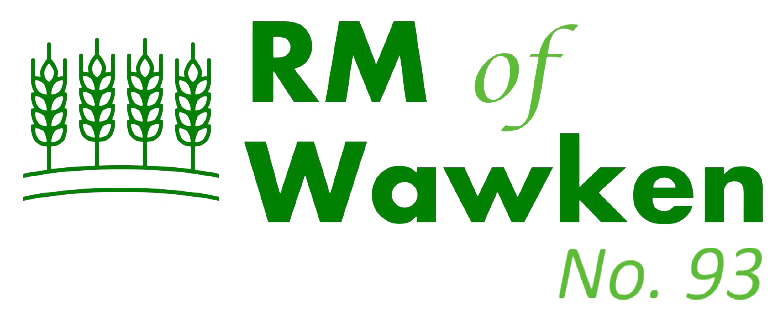Overview
The Rural Municipality of Wawken No. 93, located in southeastern Saskatchewan, has a rich history shaped by its agricultural heritage and community development. Officially established on December 13, 1910, Wawken has evolved from a pioneer settlement into a thriving farming region that blends traditional prairie life with modern advancements to support its residents and sustain its rural economy.
Indigenous Peoples and Early Settlers
Long before the arrival of European settlers, the land that now comprises RM 93 was home to Indigenous groups, including the Cree and Nakota. These communities utilized the region’s resources for hunting, fishing, and gathering. In the late 1800s, settlers began to arrive, encouraged by the Dominion Lands Act, which offered them the opportunity to claim and cultivate land.
These early settlers faced significant challenges, including harsh winters and the task of preparing the land for agriculture. Despite these obstacles, they built homesteads, cleared the prairie, and laid the foundation for what would become a prosperous agricultural community. The incorporation of the RM provided the necessary governance structure to develop essential infrastructure, such as roads and bridges, crucial for connecting farms and supporting local growth.
Agricultural Development and Economic Growth
Agriculture quickly became the economic foundation of Wawken, with early farmers focusing on cultivating crops like wheat, barley, and oats, which thrived in the region’s fertile soil. Livestock farming also became an integral part of the local economy, providing diversity and resilience. The arrival of railway lines was instrumental in connecting Wawken to larger markets, making it easier for farmers to transport their produce and access essential supplies.
The RM supported these developments by investing in infrastructure projects and introducing agricultural programs that encouraged innovation and sustainability. Initiatives like crop rotation, soil conservation, and the use of modern farming equipment helped ensure the long-term productivity and economic stability of the RM’s agricultural base.
Wawken’s Landscape and Rural Identity
Wawken’s name is derived from an Indigenous term, paying homage to the region’s deep-rooted connection to its original inhabitants and the land itself. The RM’s landscape is defined by vast stretches of open prairie, gently rolling fields, and small stands of trees, providing an ideal environment for grain and livestock farming. The natural beauty of the area is not only integral to its identity but also supports a growing interest in rural tourism.
The wide-open spaces and prairie vistas have attracted visitors interested in experiencing the agricultural lifestyle and the tranquility of the Saskatchewan plains. Wawken’s landscape has become an important element in promoting both its agricultural heritage and its appeal as a rural destination.
Community Life and Development
From its early days, RM 93 Wawken has fostered a strong sense of community. Settlers supported each other through cooperative efforts, such as barn-raisings and harvest festivals, which created bonds and helped build the community’s character. Today, this spirit continues with local events like agricultural fairs, recreational activities, and community picnics, all of which play a role in maintaining the RM’s close-knit atmosphere.
To support the social and cultural needs of its residents, the RM has invested in community centers, schools, and recreational facilities. These amenities ensure that residents have access to necessary services while preserving the rural way of life that defines Wawken. Small towns and hamlets within the RM act as hubs for local business, education, and healthcare, supporting both the farming community and other residents.
Modernization and Economic Diversification
As agriculture has modernized, so too has RM 93 Wawken. Farms have expanded and adopted advanced technology, and the RM has responded by upgrading infrastructure and offering support for the adoption of new farming methods. These efforts have helped local farmers remain competitive while ensuring the long-term sustainability of the agricultural sector.
In addition to traditional agriculture, Wawken has explored new opportunities for economic diversification. Initiatives like renewable energy projects and rural tourism have emerged as areas of focus, helping to create a more dynamic and resilient local economy. The RM has also embraced digital tools like OurSask.info to enhance communication with residents, ensuring that the municipal government remains transparent and responsive to the needs of its community.
Conclusion
The history of RM 93 Wawken is a story of growth, resilience, and community. From its beginnings as a pioneer farming settlement to its present role as an agricultural and rural hub, Wawken remains dedicated to supporting its residents while adapting to new challenges and opportunities. By honoring its past and investing in its future, the RM continues to play a vital role in Saskatchewan’s rural landscape, ensuring a prosperous and sustainable future for its communities.
